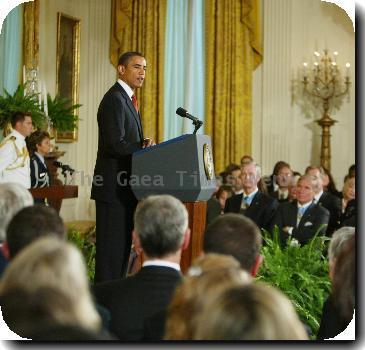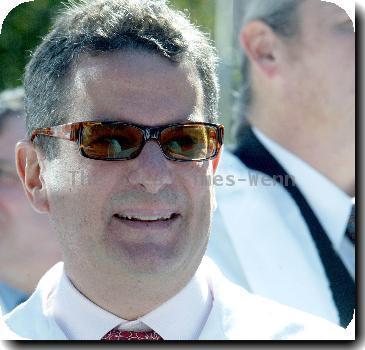Judge rules HOPE artist can switch lawyers, denying motion by The Associated Press
By APTuesday, November 10, 2009
Judge: HOPE artist can switch lawyers in AP suit
NEW YORK — Shepard Fairey has a new legal team and new questions he must answer.
The street artist known for his Barack Obama “HOPE” image will be permitted to switch attorneys in his copyright fight against The Associated Press, a federal judge ruled Tuesday. Fairey’s previous lawyers had sought to withdraw from the case after Fairey contended he had erred about which AP photo he used as the basis for “HOPE” and then tried to destroy evidence of what he claimed was his mistake.
The AP had asked U.S. District Judge Alvin K. Hellerstein to deny the switch, saying that Fairey’s attorneys had “unique knowledge” about Fairey’s actions and that the change would cause “undue delay” and bring additional expenses for the not-for-profit news organization.
“I’ve never seen anything like this,” Hellerstein said, referring to the fabrication of evidence. He called Fairey’s acknowledged wrongdoing a “serious transgression,” but also said he wanted “this case to be decided on the merits.”
Fairey had claimed his “HOPE” image, seen throughout last year’s campaign, was based on a 2006 photo of Obama seated next to actor George Clooney at a press event in Washington. Fairey now says he used a solo, close-up shot of Obama, as the AP had asserted.
Fairey sued the news cooperative in February, arguing that he had so transformed his source material that he was protected by “fair use” guidelines. The AP countersued in March, saying Fairey had violated copyright laws.
The photos in question were taken by Mannie Garcia, on assignment for the AP. Garcia filed his own lawsuit in July, claiming he owned the copyright.
The AP’s attorneys said Hellerstein granted their request to question Fairey and his original attorneys about why he changed his story.
Fairey’s new attorneys include Geoffrey Stewart of the Jones Day law firm and William Fisher III, director of the Berkman Center for Internet and Society at Harvard University, who is representing Fairey only in a personal capacity.
Outside court, Stewart said there were many ways his client can win the case.
“Fair use is one of them,” he said.
Dale M. Cendali, a lawyer for the news agency, said outside court that Fairey had fabricated his original story about which photograph he used because he believed it would better support the fair use argument if he had based his work on the photograph with Clooney in it.
She said the “fabrication goes to the heart of this case” and that “he should be sanctioned from being able to proceed with this case.”
Hellerstein said he did not expect a delay in the proceedings and that a trial was possible by early summer. The next hearing was set for March 5.
Associated Press writer Larry Neumeister contributed to this report.
Tags: Barack Obama, Business And Professional Services, Corporate Crime, New York, North America, United States


